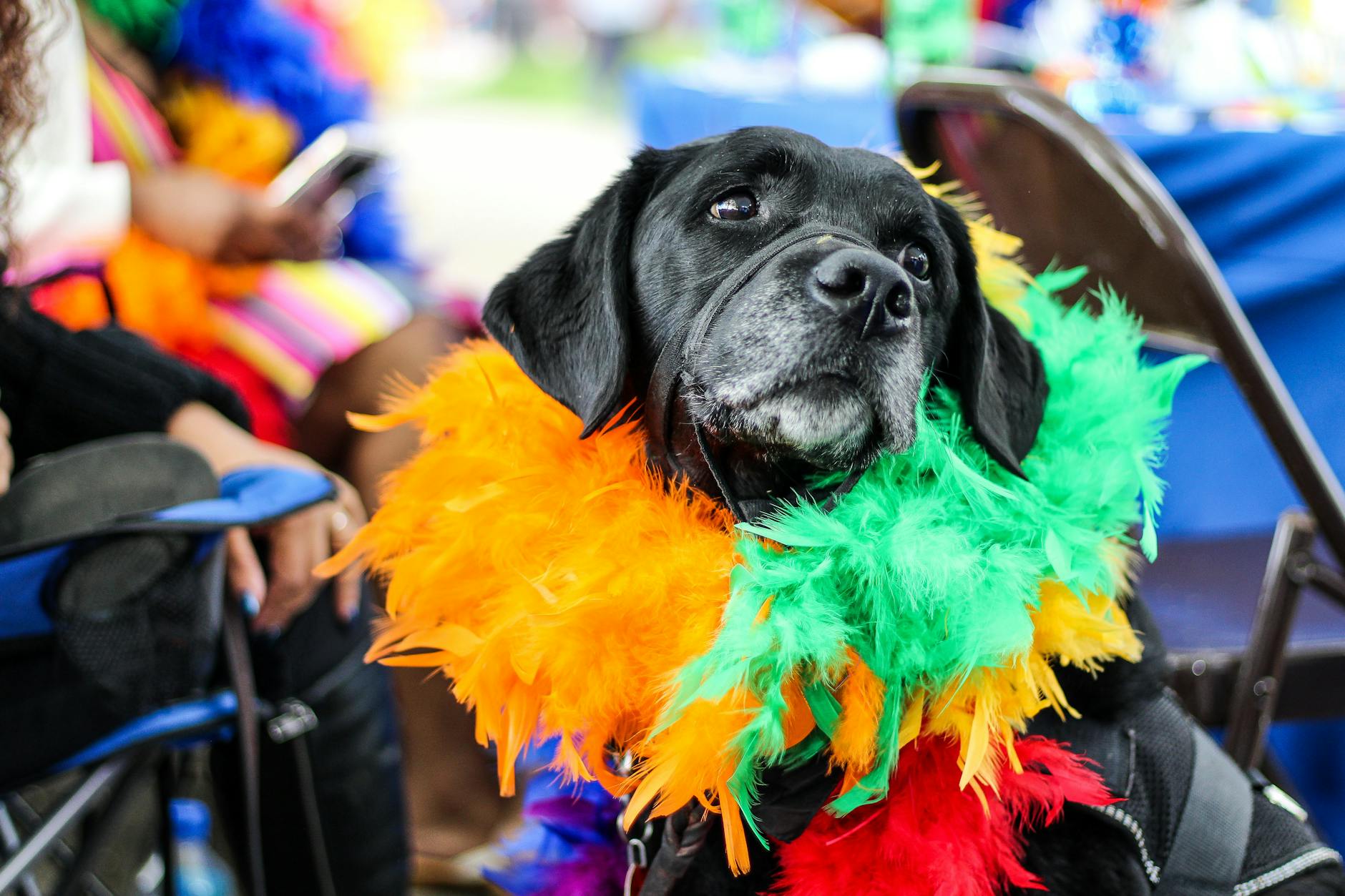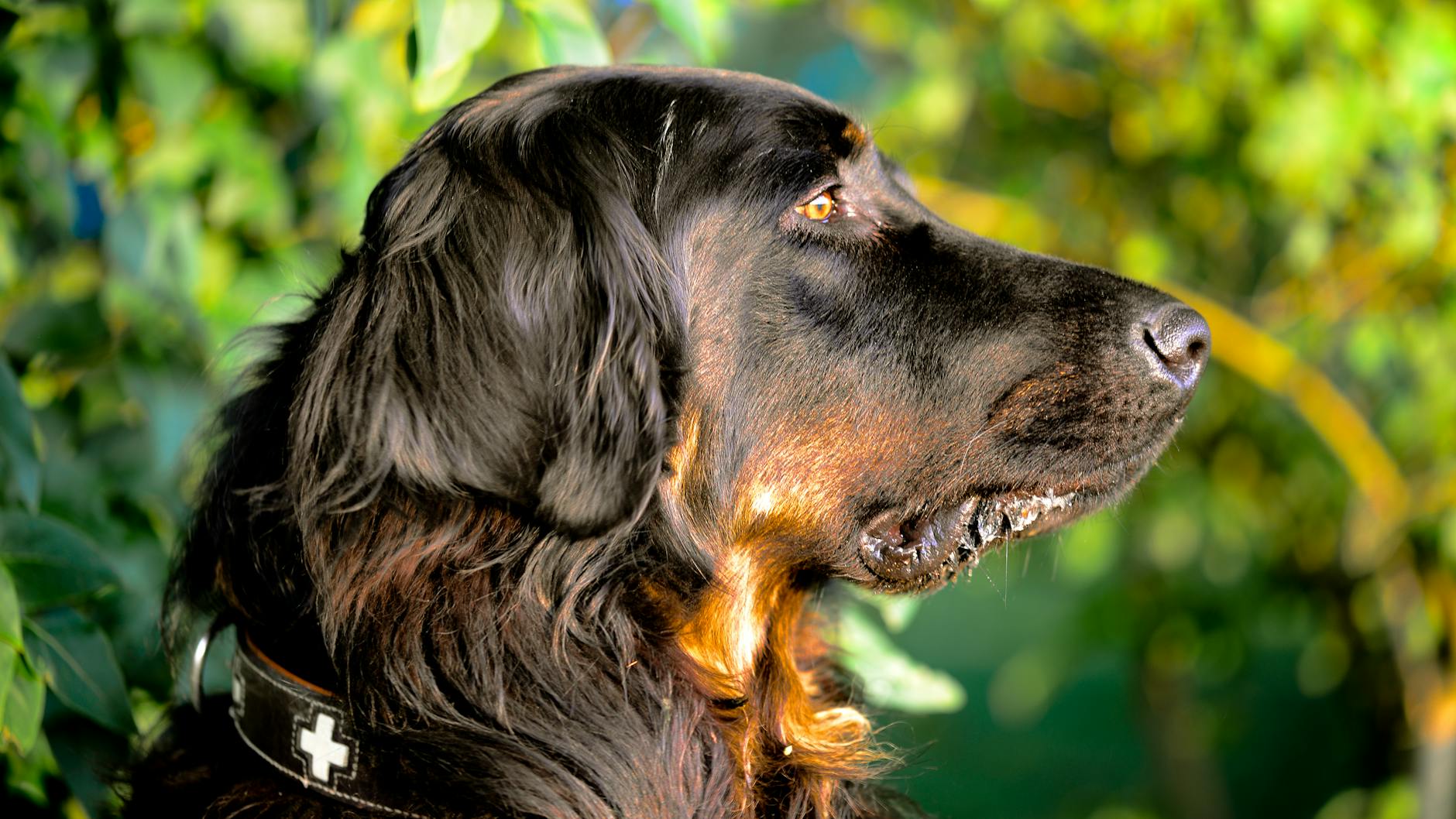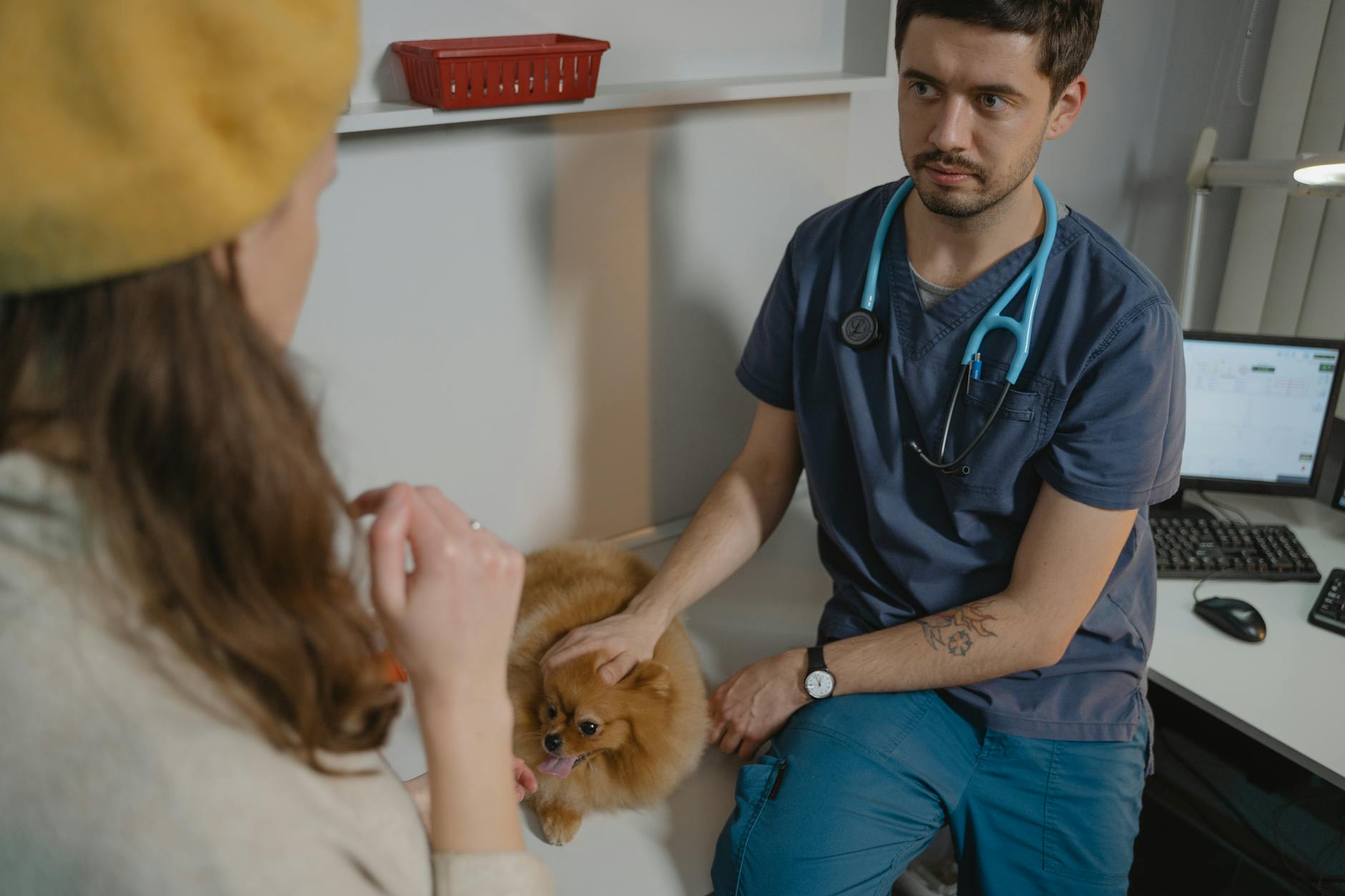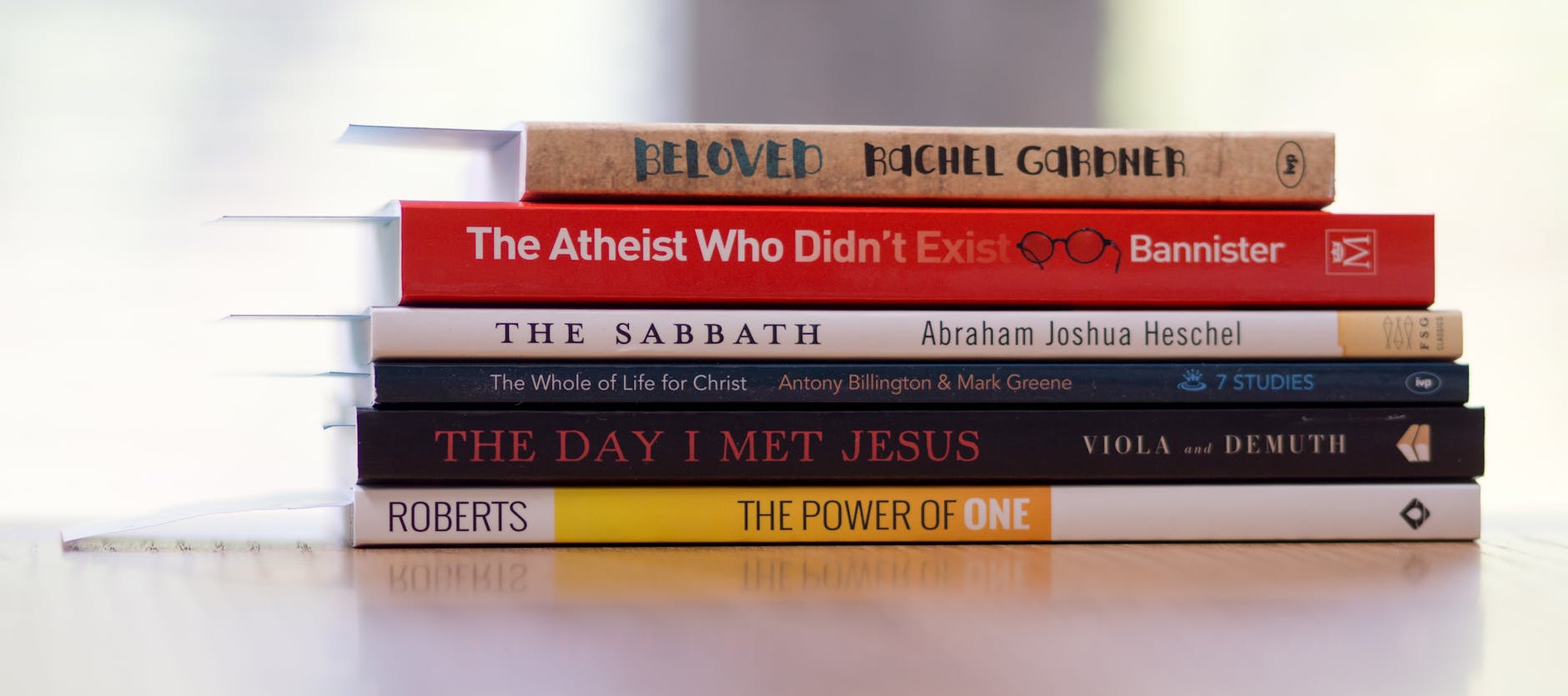Are Your Australian Garden Designs Truly Pet-Safe? Find Out New Solutions

Evaluating Garden Risks
When designing pet-friendly gardens, it's essential to consider features that may pose risks to our furry friends. First, evaluating the potential dangers ensures a safe environment for pets to roam freely and owners to enjoy peace of mind. One potential hazard is toxic plants. Many common plants found in gardens, such as lilies and oleander, can be harmful if accidentally ingested by dogs. Hence, choosing non-toxic alternatives is critical.
Hazardous garden features, such as exposed sharp edges or hidden pitfalls, also pose a significant risk. Removing or adequately covering sharp rocks and ensuring pathways are visible and secure are simple yet effective measures to minimise these dangers. In terms of materials, opting for pet-friendly options is a wise choice. Gravel or wood chips might be ideal for pathways, as they are gentle on paws and blend seamlessly with the natural surroundings.
For those interested in incorporating technology like GPS dog tracking, blending modern solutions with design aesthetics ensures your garden remains both functional and visually appealing. By focusing on eco-friendly solutions, similar to those showcased at the Brisbane Botanic Gardens, pet owners can create landscapes that benefit both pets and the environment, reducing the likelihood of needing restrictive devices like an anti bark collar or anti barking collar.
Through thoughtful planning and the use of sustainable materials, you can develop a pet-safe garden that reflects the inspiration found in local gardening workshops at South Bank Parklands.
Crafting Pet-Friendly Spaces
When designing pet-friendly spaces, it’s crucial to consider how pets interact with their environment, especially in a bustling place like the Brisbane Botanic Gardens. Training collars dogs can assist in managing behaviour, but design choices should also promote natural, stress-free exploration for pets.
Creating Shaded Retreats
Providing shaded areas in your landscape is essential for both comfort and health. Opt for natural shelter using trees or larger shrubs that can offer ample shade. Implement eco-friendly options like citronella collar deterrents around these areas to keep them insect-free without harming the environment. This ensures a serene and safe space where pets can relax during the warmer parts of the day.
Designing Pet Paths
Incorporating pathways specifically for pets not only facilitates movement but also enhances the garden's aesthetic appeal. Use durable and pet-safe materials such as natural stone or textured concrete, ensuring pathways are wide enough to accommodate your pet’s different activities. This approach allows free roaming while avoiding any wear on your vegetation or lawn.
Incorporating Play Areas
Well-defined play areas are critical for encouraging physical activity in pets. Consider installing an electric dog fence to subtly mark the boundaries of these zones, maintaining the garden’s appearance while providing a clear yet hidden containment system. This technology can be seamlessly integrated into the garden without intruding on your design vision, particularly in settings similar to the lush landscapes you’d find in community gardens in West End. These play spaces can be adorned with pet-safe toys and obstacles to keep them engaged.
Integrating Technology Safely
Installing Hidden Fences
As a horticultural expert here in Brisbane, I've seen how crucial it is to incorporate eco-friendly solutions like hidden dog fence systems to ensure pet safety without compromising the beauty of our green spaces. Unlike traditional fencing, a hidden dog fence offers an invisible boundary, allowing for more thoughtful landscape design. Particularly in spaces inspired by the expansive beauty of the Brisbane Botanic Gardens, a well-concealed fence can keep pets safe while maintaining a garden's aesthetic value.
Utilizing GPS Tracking
GPS tracking is another tool landscape architects like myself find invaluable for pet-friendly designs. These systems allow pet owners to monitor their furry friends’ movements in real-time, providing peace of mind. At the gardening workshops at South Bank Parklands, I've discussed with fellow designers how integrating this technology can enhance pet safety while maintaining the open, inviting feel of outdoor spaces. This is particularly beneficial in larger properties or community gardens where keeping track of a pet’s location could otherwise be challenging.
Balancing Tech and Design
Balancing technology with design involves considering both the functionality of devices and the overall aesthetic of a space. We must consider how elements like a shock collar might impact a pet’s experience and how these tech tools integrate seamlessly with landscape design. By prioritising humane and effective solutions, we can create spaces in line with the innovative spirit I've seen flourish in community gardens in West End. Embracing these elements empowers us to craft spaces that unify technology and nature beautifully.
Sustainable and Stylish Designs
Eco-Friendly Materials
Creating a landscape that respects the environment while catering to pets requires thoughtful selection of materials. Sourcing sustainably can transform any space into an eco-friendly haven. Bamboo is an excellent option for decking due to its rapid regrowth and durability. Recycled plastic is another versatile material that can be used for fencing or garden furniture, and it helps reduce waste in landfills. Mulching garden beds with organic materials not only suppresses weeds but also nurtures the soil, contributing to a more natural setting that both people and pets can enjoy. These choices ensure that your designs remain a part of the earth's cycle, promoting a healthier planet.
Water-Wise Plants
Selecting the right plants is essential for maintaining a sustainable garden. Opt for native plants that thrive in your local climate, requiring minimal watering and care. In Brisbane, varieties like the Bottlebrush or Kangaroo Paw not only add vibrant colour but also attract local wildlife, introducing an additional element of nature into your landscape. Xeriscaping, or the use of drought-resistant plants, can further conserve water without sacrificing aesthetics—an approach that is both economical and environmentally responsible.
Harmonizing with Nature
Balance is key to blending styles with sustainability. Using a variety of textures and colours in your design can complement natural surroundings, making your garden feel like an extension of the Brisbane Botanic Gardens' renowned landscapes. Elements such as strategically placed rocks or water features can create focal points that mimic the harmony of public spaces while offering pets areas to explore safely. Implementing eco-friendly solutions not only preserves the environment but also enriches the well-being of all its inhabitants. Whether utilising bark collars or electric collars dogs, ensuring harmonisation between functionality and sustainability is vital.
Avoiding Common Pitfalls
Misunderstanding Pet Behaviour
Understanding your pets' natural behaviour in the garden is crucial when crafting a harmonious, pet-friendly space. Pets are curious beings, often lured by unfamiliar scents or movements. I've learned from my time at the Brisbane Botanic Gardens and gardening workshops at South Bank Parklands that observing a pet's behaviour can help prevent issues. A community in the West End might notice a dog repeatedly digging in a certain spot, which could indicate a need for additional soft soil areas designed just for them.
Seasonal Transition Missteps
Australia's distinct seasons, especially in Brisbane, add a layer of complexity to garden planning. Misjudging how plants and garden materials interact seasonally can lead to challenges. During my visits to community gardens in West End, I’ve seen the balance struck by choosing climate-resilient plants that thrive year-round and require minimal water. It's vital to adapt your garden layout to cater for both scorching summers and cooler, damp winters, ensuring eco-friendly solutions such as water-efficient plants are integrated effectively.
Space Needs Miscalculations
Finally, correctly gauging the space needs for pets is vital to ensure they have a safe area to play and explore without feeling confined. Whether it's a smaller garden in Brisbane's suburbs or a larger space found on the outskirts, understanding the balance between foliage, paths, and open areas prevents overcrowding. A practical layout can be achieved by observing your pets’ demeanour and how they manoeuvre around different garden elements.
Designing your gardens with these insights in mind not only enhances safety but also makes your outdoor space as delightful for pets as it is for humans.


